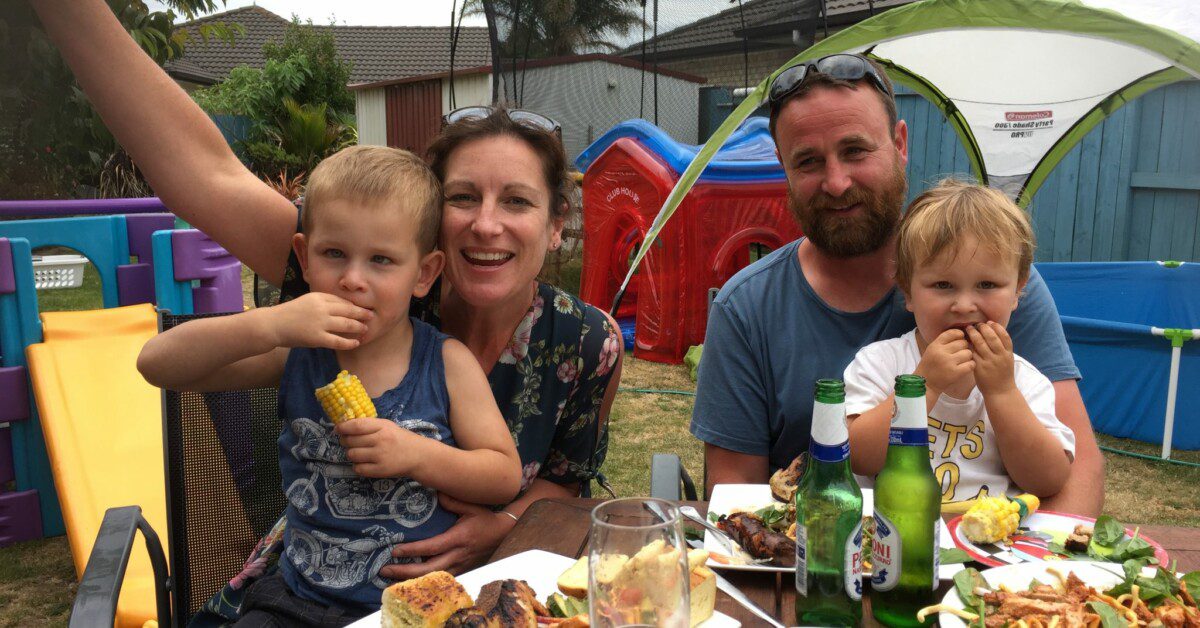
Fragile X isn’t very common – in fact you may not have even heard of it before. So if your child has been recently diagnosed with this genetic condition, you’re probably feeling a whole host of emotions: fear, anxiety, uncertainty, and grief.
It could take you some time to come to terms with the different course you and your family will now be navigating. Surround yourself with good support and seek out quality information and positive stories from other families.
Read Bronwyn Markey’s story Fragile X – from A-X on the Altogether Autism website. Bronwyn shares her story about raising two boys with Fragile X on the autism spectrum.
She talks about the tough, early days with first son Harry when she knew something was wrong but no one could tell her what; and the grief that followed diagnosis. She also writes about the journey to acceptance and her hopes for the future, which include greater awareness about the condition.
What is Fragile X?
It’s a genetic condition causing intellectual disability and behavioural and learning challenges. It affects one in 3600 males and one in 5000 females.
It is the world’s leading cause of inherited mental impairment. It is also the leading identifiable cause of autism. About 6% of autistic people have Fragile X and 50% of pre-school Fragile children meet the diagnostic criteria for autism.
What causes Fragile X?
It is estimated 1000 New Zealanders may be affected by Fragile X. It’s caused by a mutation in the FMR1 gene on the X chromosome, causing the FMR1 gene to be turned off. This silencing of the gene stops the production of FMRP, an essential protein for normal brain function. The lack of this protein causes Fragile X Syndrome.
What are the signs?
Fragile X Syndrome is characterised by a range of cognitive, behavioural and physical features. However, not all people with the syndrome will display all these features.
The main cognitive features include:
- Learning difficulties
- Delayed milestones (walking, talking, toileting)
- Delayed and repetitive speech
- Attention deficit and hyperactivity
Behavioural features can include:
- Hand biting and hand flapping
- Anxiety and/or depression
- Poor eye contact
- Sensory sensitivities (aversion to touch, light and sound)
- Tantrums or meltdowns
- Obsessive-compulsive disorder
Some of the physical features may include a long face and large or prominent ears, and loose connective tissue resulting in low muscle tone, double-jointed fingers, flat feet and heart murmurs. Some of these features will develop with age.
There is no cure, but early intervention can help people living with Fragile X to reach their full potential.
Visit Fragile X New Zealand for more information.
Read advice from parents, advocates and disabled people about supporting a child with disabilities.





